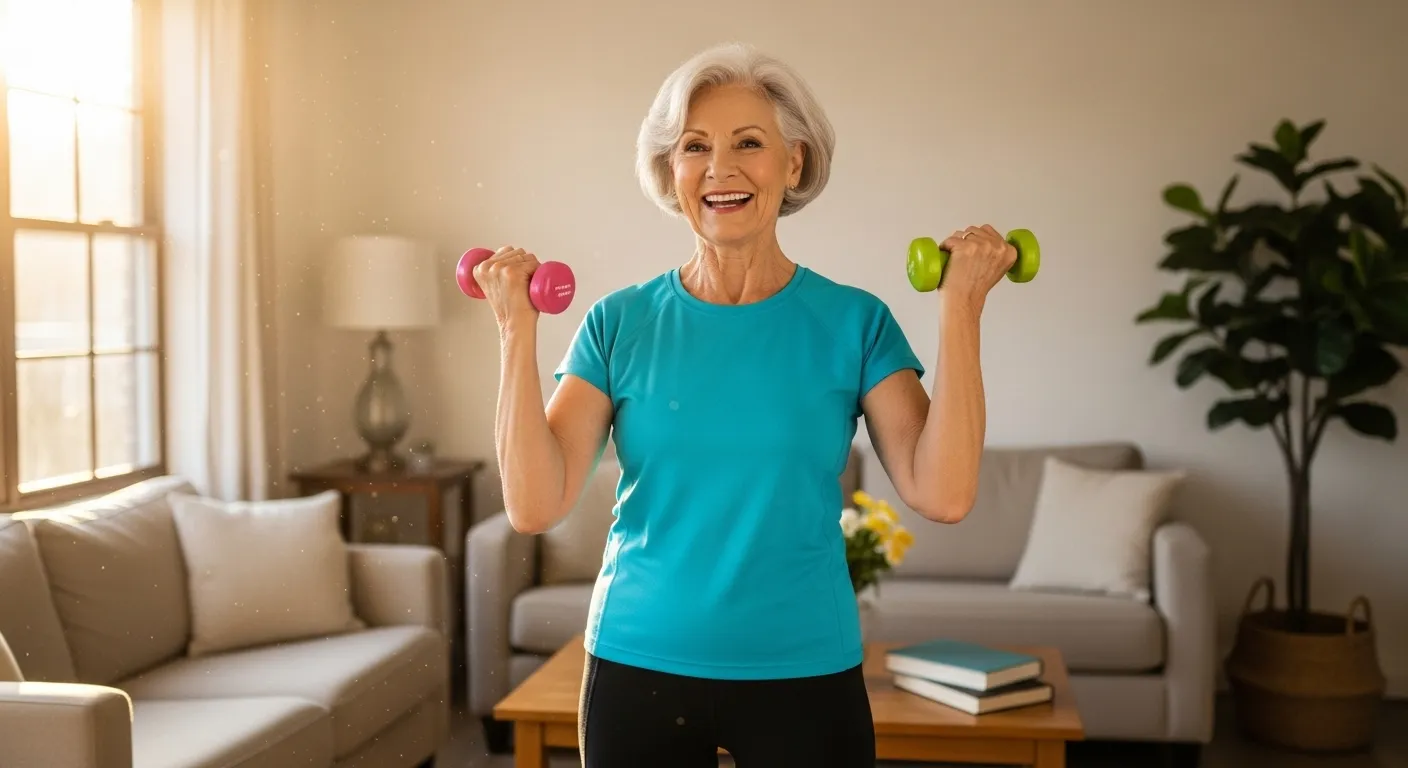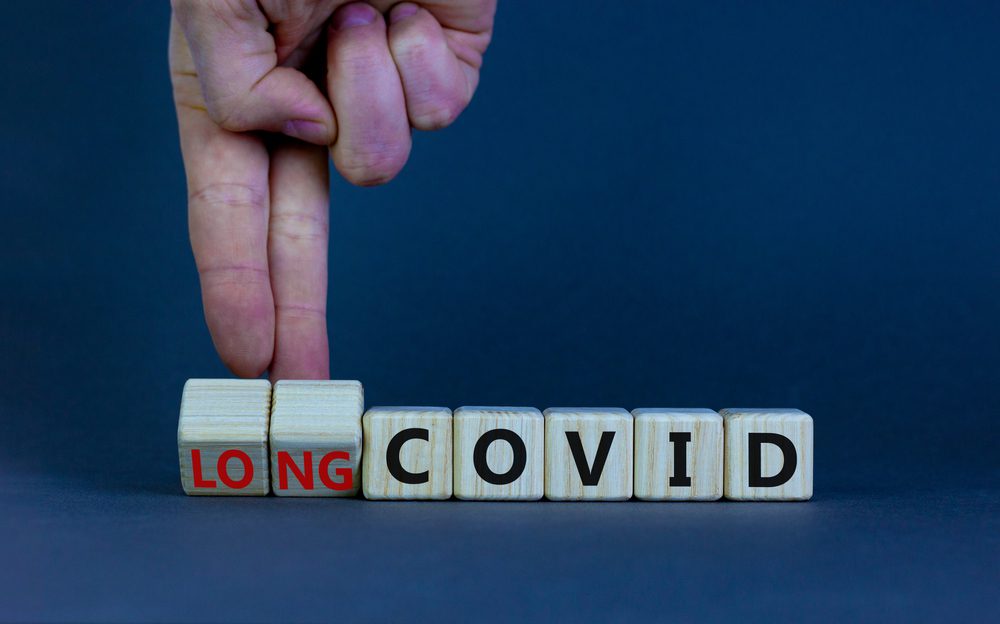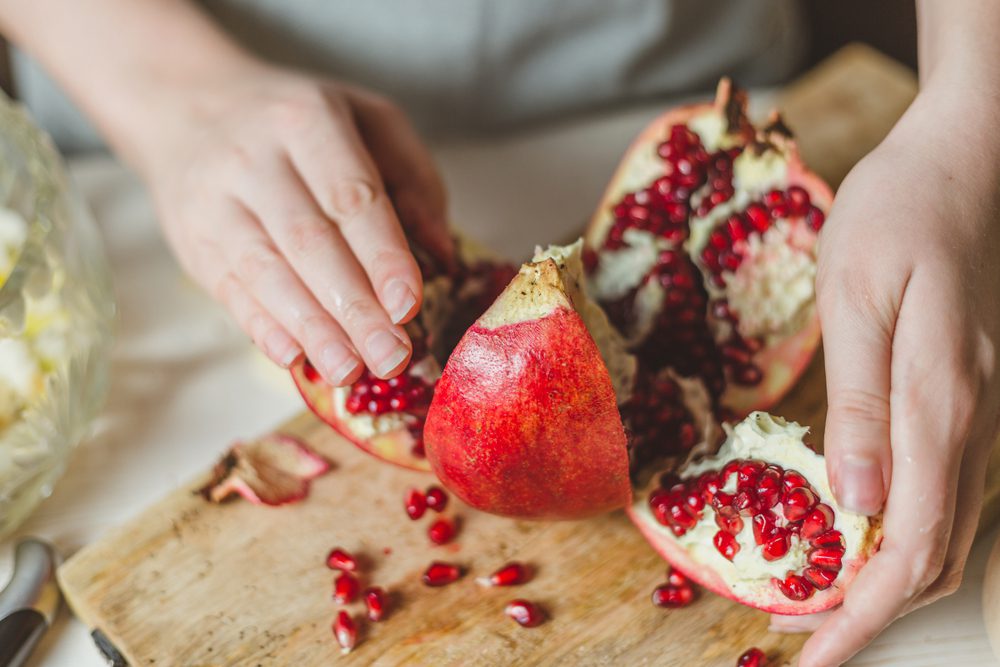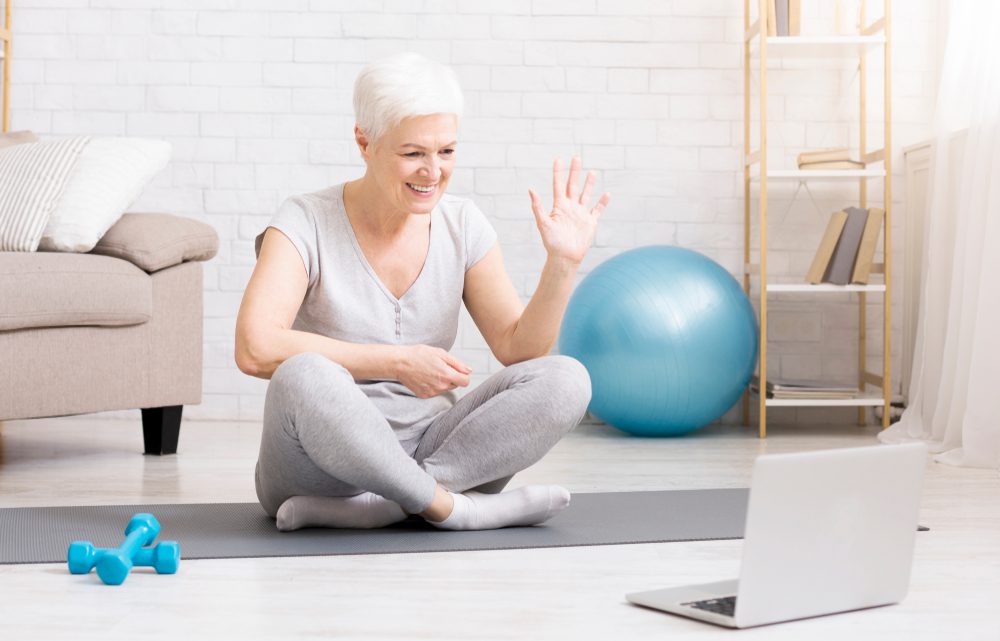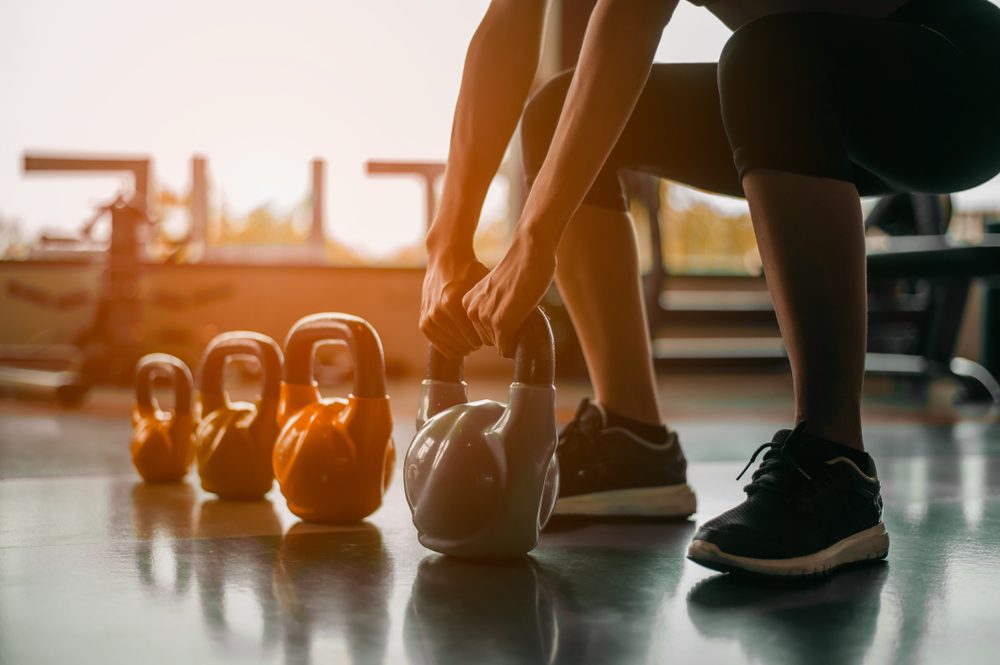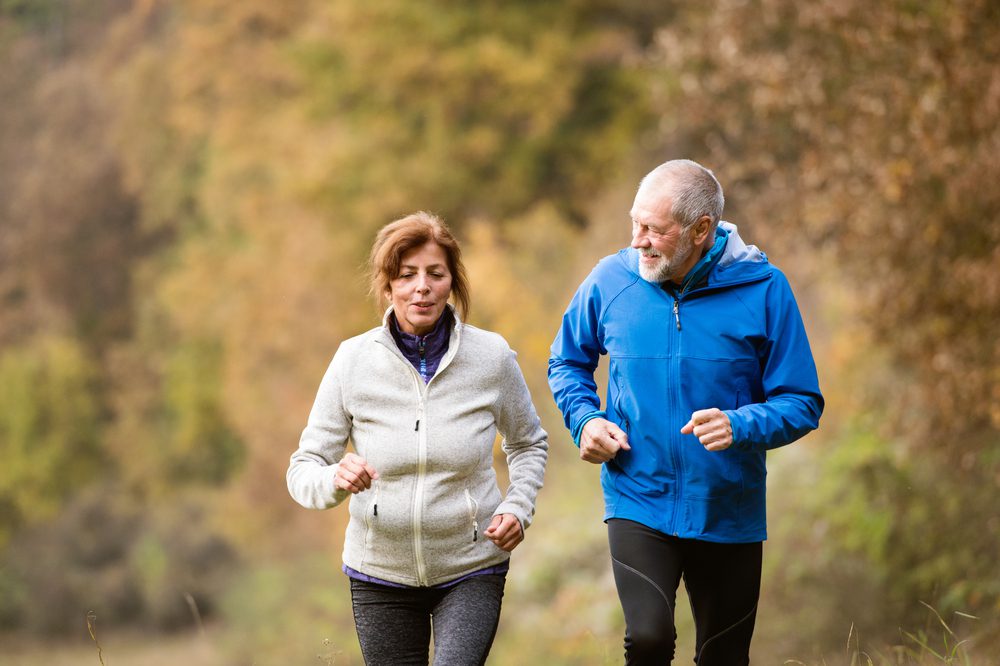Get Moving: The Best Exercises for Bone Density
Nutrition provides the building blocks, but exercise is the signal that tells your body to build stronger bones. When you challenge your skeleton with physical activity, it responds by remodeling and becoming denser and more resilient. It’s a powerful and direct way to combat age-related bone loss.
Why Exercise Matters for Bone Health
The principle is simple: bones are like muscles—they get stronger when you use them. Weight-bearing and muscle-strengthening exercises put gentle stress on your bones. This stress stimulates the bone-forming cells, called osteoblasts, to get to work laying down new bone tissue. The result is increased bone mineral density. Furthermore, exercise improves balance, coordination, and muscle strength, which are all crucial for preventing falls—the leading cause of fractures in older adults.
What are the best exercises for bone density?
A well-rounded routine is key. The ideal plan includes a mix of weight-bearing and muscle-strengthening activities. Here are some of the best exercises for building and maintaining bone density.
1. Brisk Walking or Jogging: You don’t need a fancy gym membership. Walking is one of the most accessible weight-bearing exercises. The impact of your feet hitting the ground sends a bone-building signal up through your body. Aim for a pace that gets your heart rate up. If you’re able, light jogging provides an even greater stimulus.
2. Dancing: Put on your favorite music and dance! Activities like Zumba, line dancing, or even just moving to the beat in your living room are fantastic for your bones. The side-to-side and up-and-down movements challenge your skeleton from all angles.
3. Racquet Sports: Tennis, pickleball, and badminton are high-impact, weight-bearing activities that are excellent for bone density. The quick starts, stops, and impacts are particularly effective at stimulating bone growth.
4. Strength Training: Using your muscles to push or pull against resistance also tugs on your bones, signaling them to become stronger. You can use light dumbbells, resistance bands, or even your own body weight (think squats, lunges, and push-ups against a wall). Focus on major muscle groups like your legs, hips, back, and arms.
5. Tai Chi: This gentle, flowing exercise is a powerhouse for seniors. While it’s low-impact, the slow, controlled movements are fantastic for improving balance and coordination, dramatically reducing your risk of falls. The weight-shifting movements also provide a gentle stress to your bones.
6. Stair Climbing: Whether on a machine at the gym or simply choosing the stairs over the elevator, climbing is a wonderful weight-bearing exercise that strengthens the bones in your legs and hips.
How to Easily Add This to Your Life
Start slow and build gradually. The goal is consistency, not intensity. Try this sample weekly plan:
Monday, Wednesday, Friday: 30-minute brisk walk in your neighborhood.
Tuesday, Thursday: 20 minutes of at-home strength training. Do a few sets of bodyweight squats, wall push-ups, and bicep curls with light soup cans or resistance bands.
Saturday: Fun activity! Go dancing, play pickleball with a friend, or do some gardening.
Sunday: Active rest. Gentle stretching or a leisurely walk.
What to Consider: Safety First
Before beginning any new exercise program, it is essential to speak with your doctor or a physical therapist, especially if you have already been diagnosed with osteoporosis. They can help you create a safe and effective plan tailored to your abilities. Proper form is crucial to prevent injury, so consider watching online videos or even having a session with a personal trainer who specializes in working with seniors.

